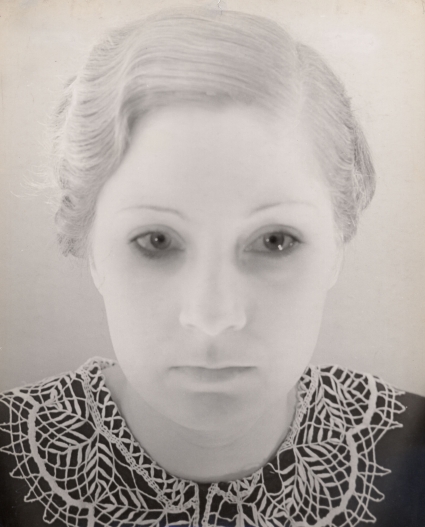Most of the published studies of his life and work virtually ignore Blumenfeld’s lengthy residence in the Netherlands (1918 – 1936). However, this first major exhibition about his ‘Dutch years’ reveals that all the ingredients that were later to make Blumenfeld’s photographs so prized were already clearly apparent in the work he did here. Moreover, the satirical, politically charged sense of humour that Blumenfeld exhibited in his collages and photocollages of the 1920s and ’30s shows that he was never willing to conform to social mores in general and the norms of fine art photography in particular. This is why Blumenfeld is today regarded as one of the greatest innovators in the history of 20th-century photography. Born in Berlin, Erwin Blumenfeld initially trained for the ladies’ retail fashion trade and, together with his friend Paul Citroen (Berlin 1896 – Wassenaar 1983), frequented the artistic circles surrounding George Grosz. After moving to Amsterdam in 1918, he made Dadaist collages and drawings under the pseudonym of Jan Bloomfield. Eventually he opened his own shop selling bags and other leather goods: the Fox Leather Company. At the back of the shop there was a photographic darkroom, installed by a previous tenant. When business fell off, Blumenfeld began taking portrait photographs of his (mainly female) clients. In 1935 his shop went bankrupt. In his autobiography he wrote, “And so, when there was really no way out, I became a photographer.” In 1936 Blumenfeld gave up on the Netherlands and moved to Paris, where he photographed personalities such as George Rouault and Henri Matisse. These photographs came to the attention of Cecil Beaton, who recognised his talent and helped him to obtain a contract with the French edition of Vogue. In 1939 Blumenfeld visited New York and returned with assignments for Life and Harper’s Bazaar: In 1941, he fled persecution as a Jew, moving via Morocco to New York, where he opened his own studio and his career as a world-famous fashion photographer finally took off. The exhibition will be accompanied by an English-language catalogue containing contributions by Erwin’s son Henry Blumenfeld, Helen Adkins, Fleur Rosa de Carvalho and Wim van Sinderen, published by Veenman together with an inserted Dutch translation (price: €39.95).
Fotomuseum Den Haag Stadhouderslaan 43 | Postbus 72 | 2517 HV Den Haag
